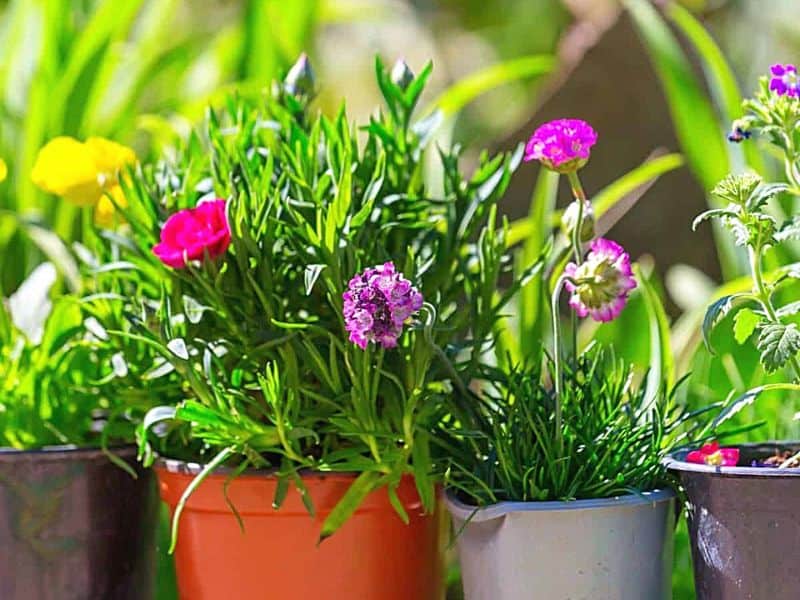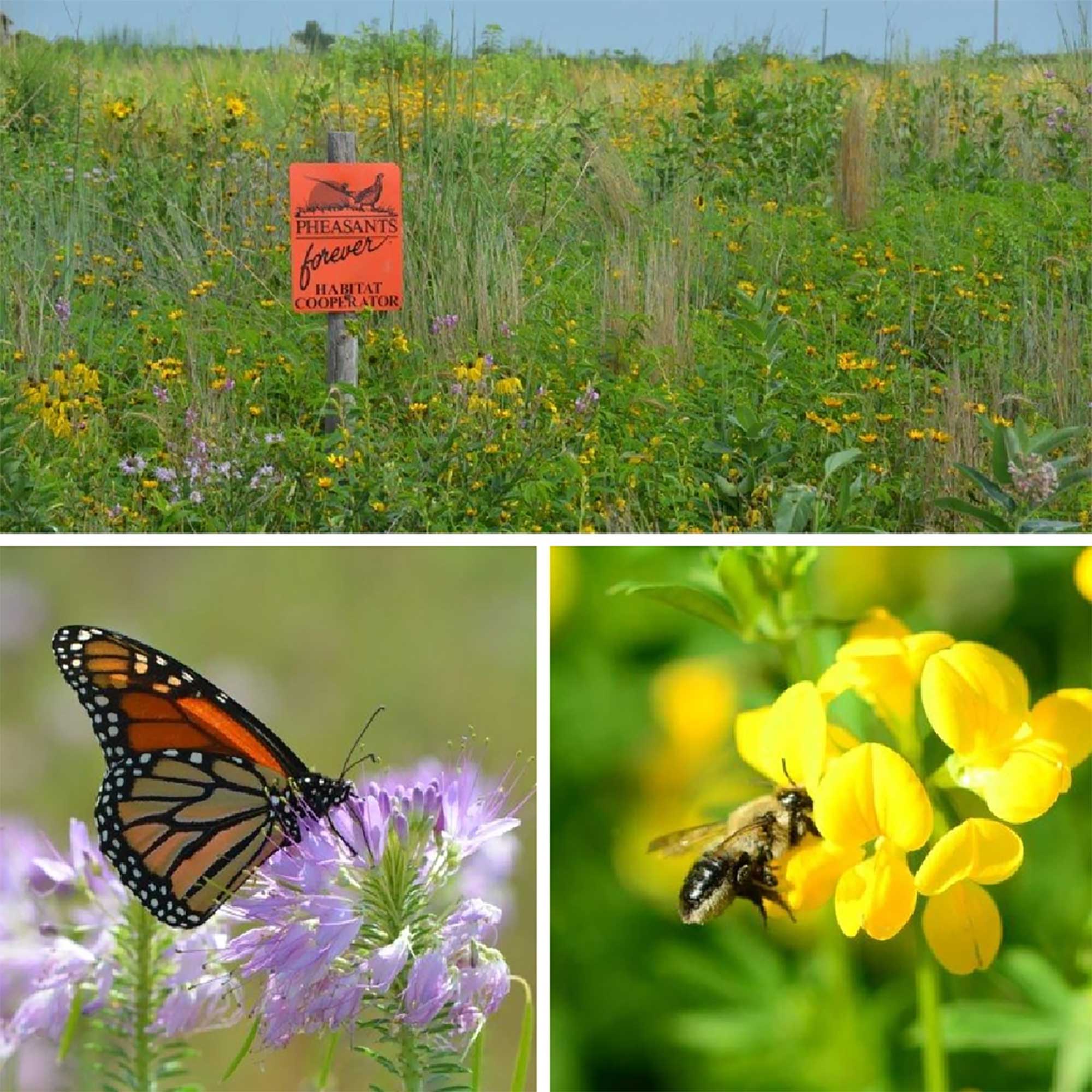How to Attract Pollinators to Your Garden

Imagine your garden as a bustling marketplace, where bees, butterflies, and hummingbirds flit from flower to flower, exchanging nectar for the vital service of pollination. This vibrant ecosystem not only enhances the beauty of your garden but also plays a crucial role in the health of our planet. But how do you transform your garden into a pollinator paradise? Let's dive into the world of bee-friendly plants, native species, and wildlife gardens to discover how to attract pollinators to your garden.
Understanding Pollinators and Their Importance
Pollinators are the unsung heroes of our ecosystem. They include bees, butterflies, birds, bats, and other insects that transfer pollen from one flower to another, facilitating plant reproduction. Without pollinators, many of our favorite fruits, vegetables, and flowers would cease to exist. In fact, according to the U.S. Fish and Wildlife Service, about 75% of the world's flowering plants and about 35% of the world's food crops depend on animal pollinators to reproduce.
Creating a Pollinator Habitat
Choosing the Right Plants
The first step in attracting pollinators is selecting the right plants. Bee-friendly plants and native species are your best bet. Native plants are adapted to your local climate and soil conditions, making them easier to grow and maintain. They also provide the specific nectar and pollen that local pollinators need.
Bee-Friendly Plants
Bees are particularly drawn to plants with open or flat flowers, as they provide easy access to nectar. Some popular bee-friendly plants include:
- Lavender: Known for its fragrant purple flowers, lavender is a magnet for bees.
- Sunflowers: These tall, bright flowers provide both nectar and pollen.
- Coneflowers: Also known as Echinacea, these daisy-like flowers are a favorite among bees.
Butterfly-Friendly Plants
Butterflies are attracted to brightly colored flowers with a strong scent. Some of their favorites include:
- Milkweed: This plant is crucial for the monarch butterfly, as it is the only food source for their caterpillars.
- Asters: These daisy-like flowers come in a variety of colors and are a great nectar source.
- Butterfly Bush: As the name suggests, this plant is a butterfly magnet, with its long, nectar-rich flowers.
Providing a Water Source
Like all creatures, pollinators need water. A shallow birdbath or even a small dish filled with water and pebbles can provide a safe drinking spot for bees and butterflies.
Creating Nesting Sites
Different pollinators have different nesting needs. Bees, for example, can nest in hollow stems, dead wood, or even the ground. Providing a variety of nesting sites can encourage pollinators to make your garden their home.
Designing Your Wildlife Garden
When designing your garden, think about creating a diverse and dynamic space that mimics a natural habitat. This can include a mix of trees, shrubs, and flowering plants that provide food and shelter throughout the year.
Planting in Layers
Planting in layers can create a rich and varied habitat. Tall trees and shrubs provide shelter and nesting sites, while lower-growing plants offer nectar and pollen. Groundcovers can also provide food and shelter for ground-dwelling insects.
Incorporating Native Plants
Native plants are the backbone of a pollinator-friendly garden. They are adapted to your local climate and soil conditions, making them easier to grow and maintain. They also provide the specific nectar and pollen that local pollinators need.
Avoiding Pesticides
Pesticides can be harmful to pollinators, even in small amounts. Instead of using chemicals, consider natural pest control methods, such as introducing beneficial insects or using physical barriers.
Maintaining Your Pollinator Garden
Maintaining your garden doesn't have to be a chore. In fact, a little bit of mess can be a good thing. Dead wood, leaf litter, and even weeds can provide valuable habitat for pollinators.
Deadheading and Pruning
Deadheading, or removing spent flowers, can encourage plants to produce more blooms. However, it's important to leave some seed heads, as they provide food for birds and other wildlife. Pruning should be done sparingly, as it can remove valuable nesting sites.
Providing Winter Habitat
Pollinators need habitat year-round. Leaving dead stems and leaf litter can provide insulation and shelter during the colder months. You can also plant evergreens, which provide cover and berries for birds.
Conclusion
Transforming your garden into a pollinator paradise is not only beneficial for the environment but also a rewarding experience. By choosing the right plants, providing water and nesting sites, and avoiding pesticides, you can create a thriving ecosystem that supports a variety of wildlife. So, why not take the first step today? Your garden, and the pollinators, will thank you.
FAQs
What are the best plants to attract bees?
- Bees are particularly drawn to plants with open or flat flowers, such as lavender, sunflowers, and coneflowers.
How can I provide water for pollinators?
- A shallow birdbath or a small dish filled with water and pebbles can provide a safe drinking spot for bees and butterflies.
Why are native plants important for pollinators?
- Native plants are adapted to local climate and soil conditions, making them easier to grow and maintain. They also provide the specific nectar and pollen that local pollinators need.
How can I create nesting sites for pollinators?
- Different pollinators have different nesting needs. Providing a variety of nesting sites, such as hollow stems, dead wood, or even the ground, can encourage pollinators to make your garden their home.
Why should I avoid using pesticides in my garden?
- Pesticides can be harmful to pollinators, even in small amounts. Instead of using chemicals, consider natural pest control methods, such as introducing beneficial insects or using physical barriers.


0 Response to "How to Attract Pollinators to Your Garden"
Post a Comment